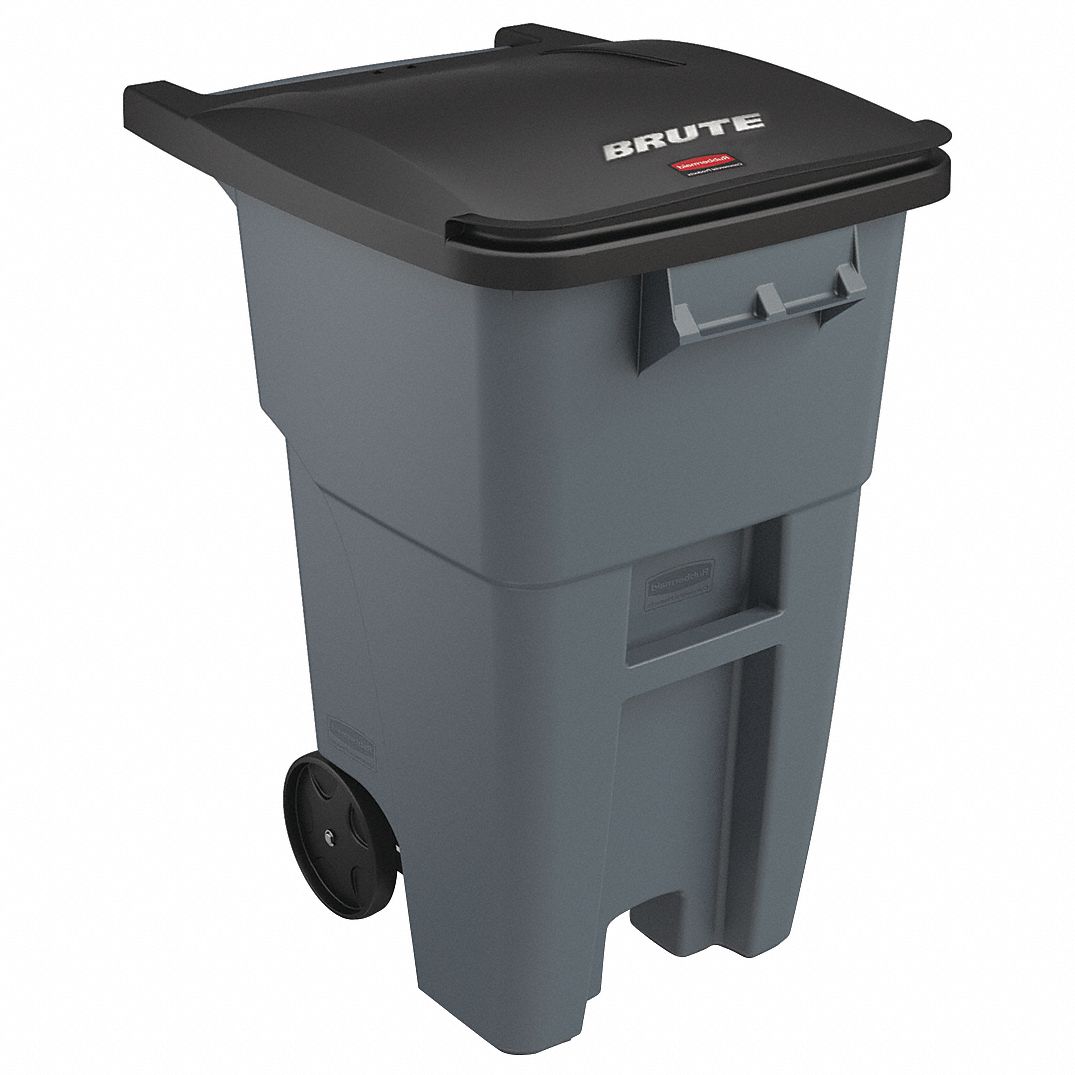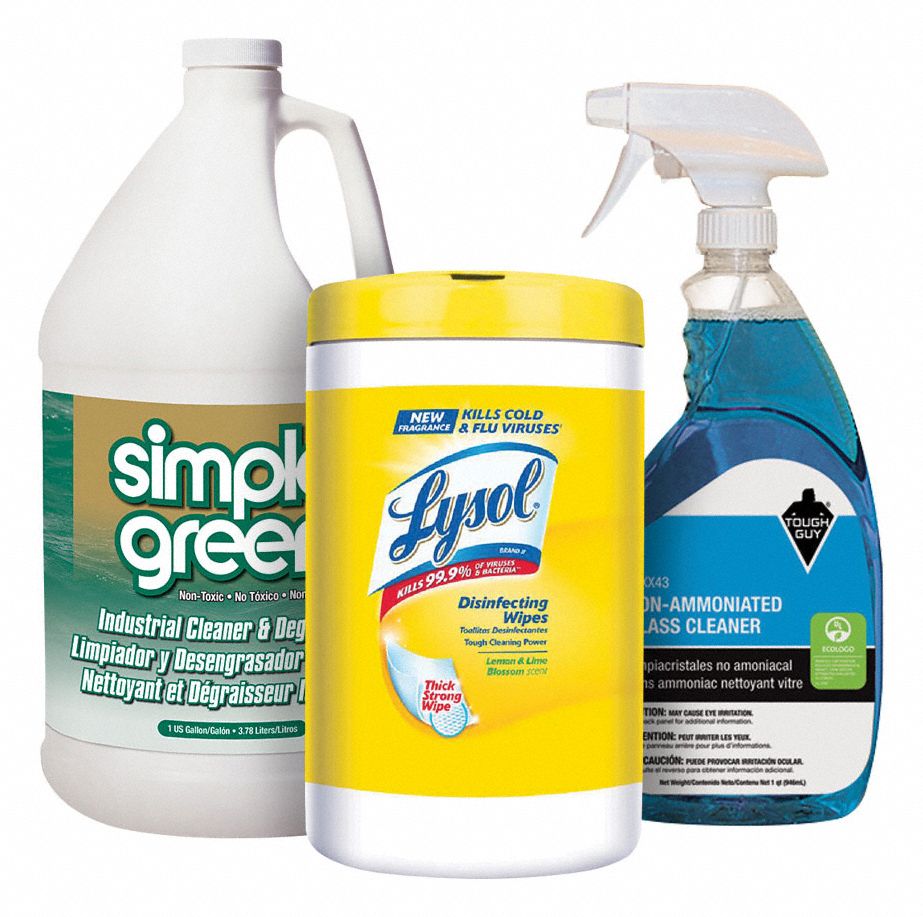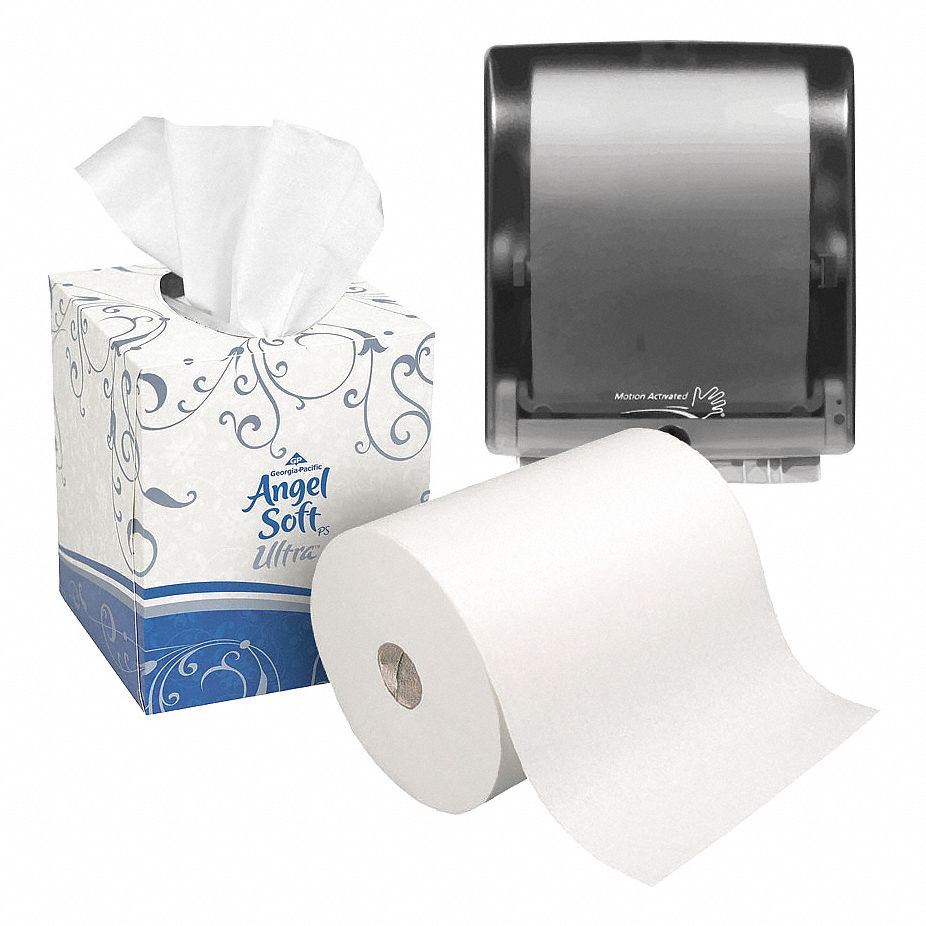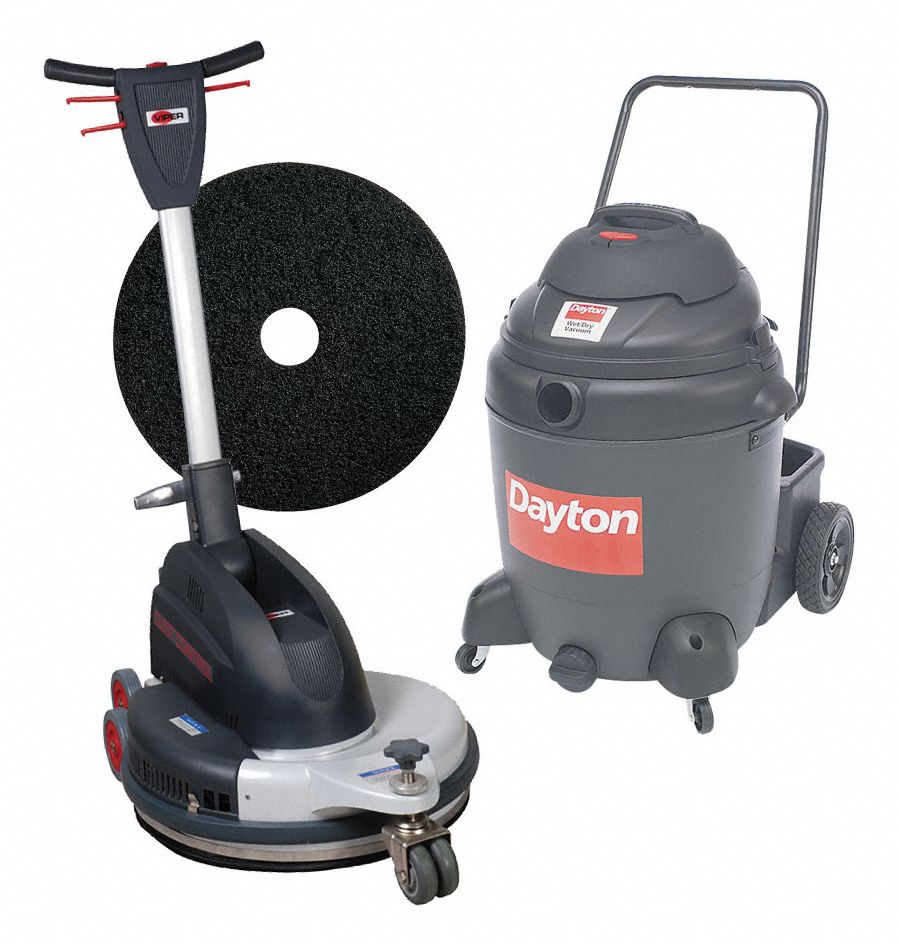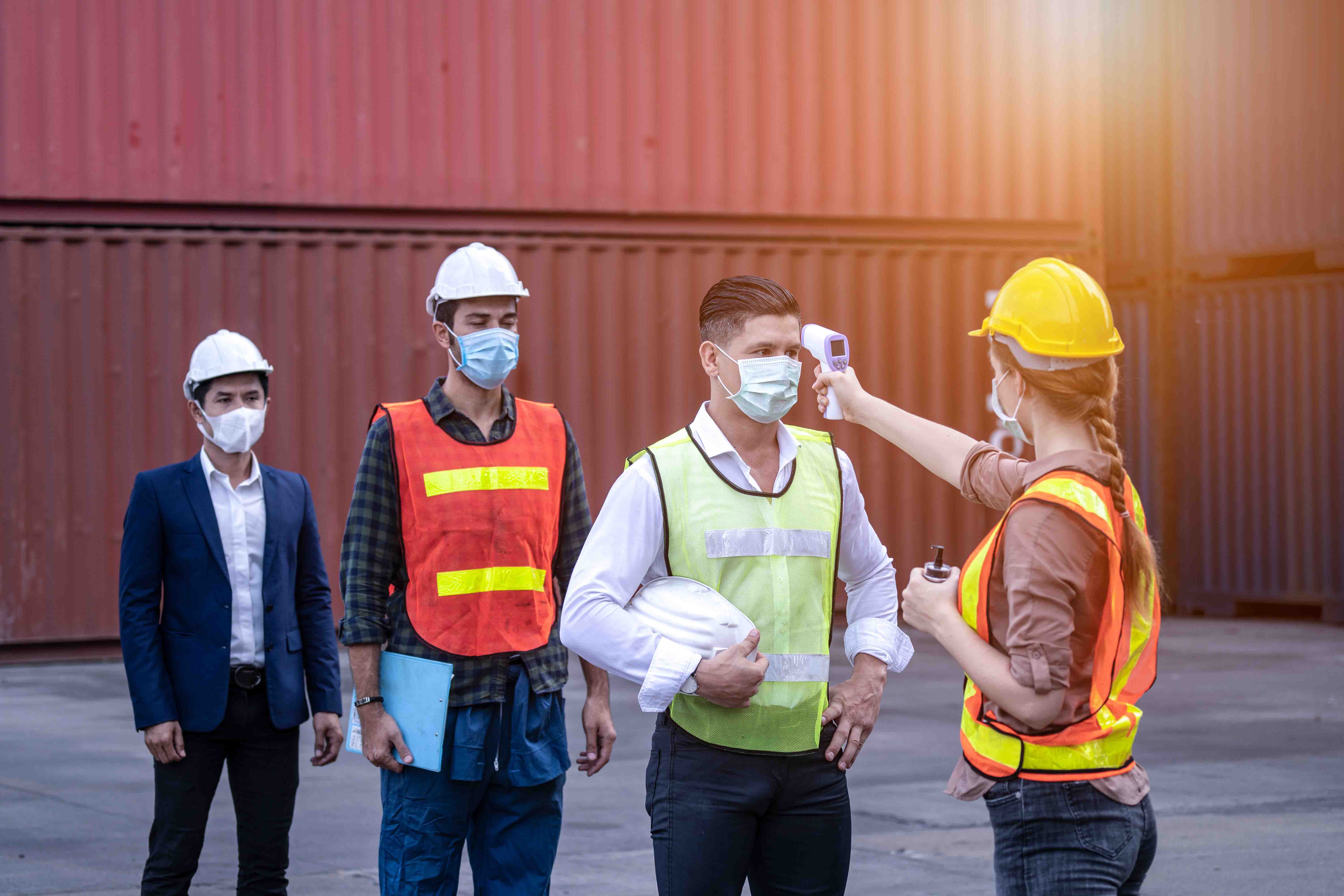

Workplace Wellness in the Age of COVID-19
By Grainger Editorial Staff 11/2/20


From the seasonal flu to global pandemics, health challenges can affect how your organization operates. All organizations need to recognize the importance of having effective workplace programs and policies in place to ensure the health and well-being of their employees. This is especially true in these unprecedented COVID-19 times.
The Centers for Disease Control and Prevention (CDC) Workplace Health Model is a stepwise approach to building a workplace health and well-being promotion program that emphasizes four main steps: Assessment, Planning, Implementation and Evaluation. The model is designed to reduce health risks and improve the quality of life for workers by addressing health protection, health promotion and disease prevention.
The Four Steps of the Workplace Health Model
Step 1 – Assessment: The Assessment step of the Workplace Health Model aims to capture a picture of the many factors that support and/or hinder the health and well-being of employees and identifies potential opportunities for improvement.
In the wake of COVID-19, the risks to the health and well-being of employees have changed. Employees working on site may be at an increased risk of exposure to the virus, and facilities may need to enhance basic hygiene, respiratory etiquette and social distancing to help lower the potential risk of exposure and transmission of the virus. The Assessment step should include pandemics as a new factor in your workplace and document where new risks are present.
Step 2 – Planning: During the Planning step the basic programs and polices needed to administer and manage health and well-being promotion activities are developed. This step includes selecting a leadership team to monitor and evaluate the program, and creating a communication strategy to ensure that all employees understand the program. The goal of the Planning step is to ensure that the workplace health and well-being promotion program is long-lasting, effective and comprehensive.
Pandemic-specific planning should be included as part of this step. A clear strategy for the changes that may be needed to ensure the health and well-being of all employees and reduce potential disease exposure and transmission should be addressed. These changes may be significant as employees in manufacturing are often working closely together for long shifts and may be at an increased risk of exposure. Office workers may face similar risks and changes to seating and ventilation may be necessary.
Step 3 — Implementation: Once the plan is drafted, the Implementation step begins, turning the plan into specific steps needed to improve the health and well-being of all employees. This step involves pulling together the health and well-being promotion strategies and making them available to all employees.
During a pandemic, information on the best ways for employees to safely interact may be continually evolving. New policies and procedures can change how employees do their jobs, leading to uncertainty. The Implementation step of a wellness program during a pandemic needs to account for schedule changes, closures and new policies, and provides ways to ensure that employees understand the necessary changes to their routines, schedules and work environment.
Step 4 — Evaluation: After the program is implemented, the leadership team responsible for health and well-being begins the Evaluation step. During Evaluation, workplace wellness programs are actively reviewed for overall impact, including employee adoption and sentiment. This step is also where any gaps in the program's implementation that could reduce its effectiveness are identified and any changes needed to continually improve the program are made.
Pandemic-ready health and well-being plans require continuous evaluation due to the evolving nature of information on potential new viruses and diseases. Policies and procedures may also need to change rapidly if an employee is exposed to a virus. Similarly, as cities and states adjust reopening rules and other required changes to how employees interact, plans will need to be updated and communicated to employees.
Creating a workplace health and well-being program should not only encourage long-term healthy habits but also help organizations rapidly and strategically respond to pandemics and disease. Find more resources and products to help guide you through the COVID-19 recovery phase and beyond.
![]()
The information contained in this article is intended for general information purposes only and is based on information available as of the initial date of publication. No representation is made that the information or references are complete or remain current. This article is not a substitute for review of current applicable government regulations, industry standards, or other standards specific to your business and/or activities and should not be construed as legal advice or opinion. Readers with specific questions should refer to the applicable standards or consult with an attorney.


